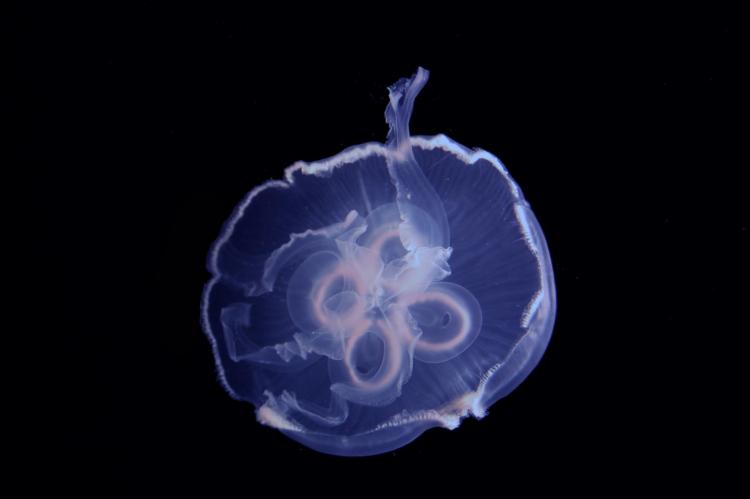Jellyfish creates virtual floor to swim efficiently
A new study reveals how jellyfish create walls of water in the ocean, so as to swim more efficiently.
Researchers have known that an animal swimming parallel to a solid surface receive a subsequent boost in performance, thus allowing them to utilise less energy when moving around.
Studies have quantified this into a 25 percent increase in speed and a 45 percent increase in thrust when swimming near a solid surface.
However, the jellyfish does not swim near the seafloor or seawalls. How does it get named the "world's most efficient swimmer"?
Apparently, it does so by creating a "virtual wall."
According to Brad Gemmell, associate professor of integrative biology at University of South Florida, jellyfish produce two vortex rings—donut-shaped bodies of fluid underneath their bodies that spin in opposite directions. They appear as jellyfish squeeze and reopen throughout each swim cycle, providing a “ground effect” force as if they were to be pushing off the seafloor.
Using a high-speed digital camera, Gemmell recorded the movements of eight jellyfish swimming in a glass filming vessel, at 1,000 frames per second. It was observed that jellyfish in motion had a 41 percent increase in maximum swimming speed and a 61 percent increase in cumulative distance travelled per swimming cycle compared to those starting from rest.
The jellyfish do not produce cavitation bubbles and are silent as they move quietly through the water. The high efficiency of swimming helps them store energy for growth and reproduction.
In fact, some research groups use the jellyfish as a model for developing underwater vehicles that can be equipped with sensors for monitoring the ocean. The new findings may enhance the development of these technologies and further the understanding of the ocean.
The findings of the study have been published in the journal Proceedings of the Royal Society B.





























